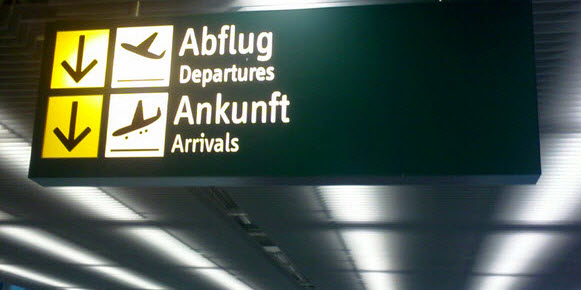Visual messages surround us every day. We consider photographs that we want to display, we design visual aides to accompany our presentations at work just to name a few. Even though verbal communication (communicating through language) is often viewed as a more important or more central mode of communication, visual communication has many benefits and advantages in both personal and professional situations.
So what are those benefits?
5 Benefits of Visual Communication
The benefits of visual communication are many, and their applications vary depending on your industry, working style and subject matter. Here some some of the top benefits of visual communication in the workplace.
1. Accuracy
Have you ever heard the saying “a picture says more than a thousand words”? Of course you have. It’s innately known to us as humans that images tell a larger and more complex story than words alone. One image, graph, or mind map can tell much more information to your audience than text alone.
But, even more importantly, this type of visual communication also presents your information more accurately than text. That’s because views are able to see and digest the information your trying to show them much more quickly, enabling your information to be conveyed in a more accurate fashion. This efficiency in communication gets your point across more quickly and clearly, helping you ensure that your message isn’t being lost in translation.
2. Immediacy
This notion of visual communication as being more accurate leads us directly into our next benefits: immediacy. Think back to the last time you tried to explain something complex to a friend, coworker, family member, more often than not in these situations you spend long periods of time making sure your audience understands what it is you’re explaining. Now, contrast that experience with looking at a chart explaining the sales for a specific product, you can show that information almost instantaneously. Visual Communication can bring a thing, location and even and idea to life in dynamic ways.
3. Simplicity
Another advantage is simplicity. Often visual communication can simplify the information of ideas that you are seeking to pass on to others. For example, architects use visual diagrams and schematics to pass on valuable information to contractors in a quick, easy to understand manner. Visual communication can also demonstrate the relationship between two entities or ideas in accessible ways.
4. Flexibility
Visual communication can also be more flexible in many ways than verbal communication. Visual communication not only bridges geographic distances, it can span cultural references. If you are looking to appeal to a broad demographic audience, such as a television or cable audience, visual images may allow you to reach more people with your message. Appealing visual images will often be more persuasive than verbal pitches.
Next time you are trying to convey large, complex information to a group of people think about the advantages of doing so visually. This way you will be certain that your audience will leave with a solid understanding of what you’re trying to convey. Also, you will be saved from frustration when you’re forced to repeat yourself to make you point better understood.
5. Engagement
Lastly, people tend to be much more engaged with your content if it’s presented to them visually. Think of the last time you watched a presentation or sat through a boardroom meeting that didn’t contain some sort of visual. Chances are it was a pretty boring and forgetful affair. Adding engaging visuals that guests can interact with, like a mind map for brainstorming session, will create a sense of excitement and involvement from your team that is difficult to achieve with text or voice alone.
Mind Mapping for Visual Communication
Mind mapping is one of the most powerful tools for visual communication, especially if it’s harnessed using a software platform like MindManager. That’s because digital mind maps can be shared either on a big screen, or via video conferencing technology, to act as a central platform of information with which to engage. You can using the mind map as a visual presentation tool, or a platform with which to collect feedback and ideas from your team (or both!). Layered with additional visual cues like tags, icons, and images plus informational cues like links, notes, and attachments, your mind map can become a living, breathing visual communication platform.
Try MindManager for Visual Communication Today
Want to use MindManager to reap the benefits of visual communication? Then you may be interested in a FREE 30-day trial of MindManager.

